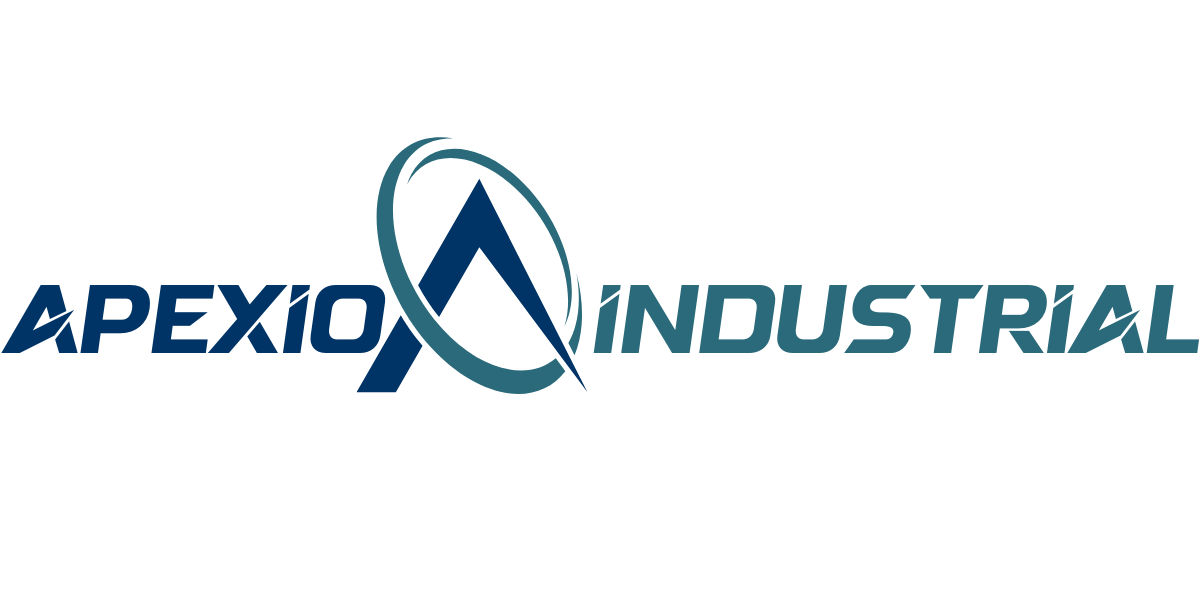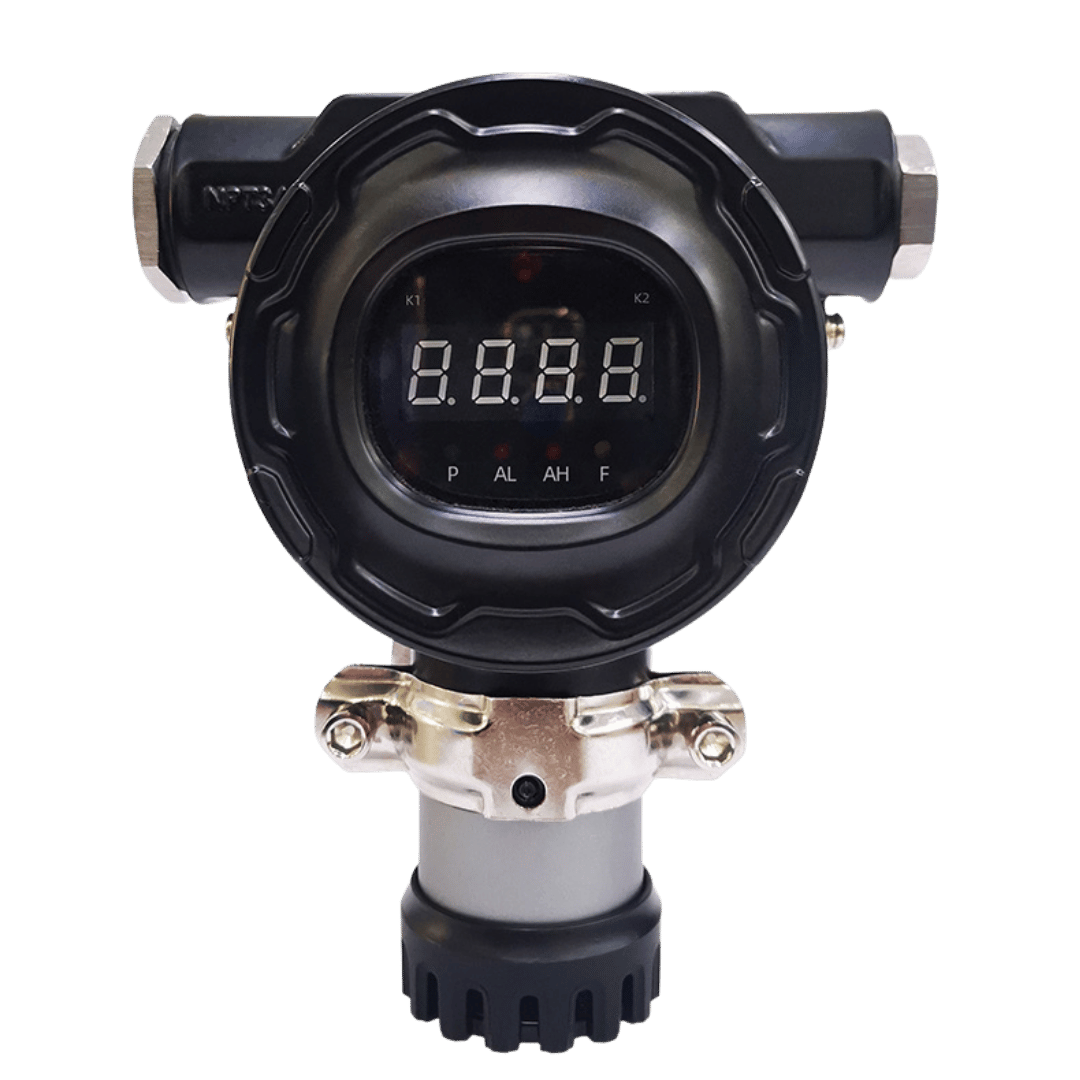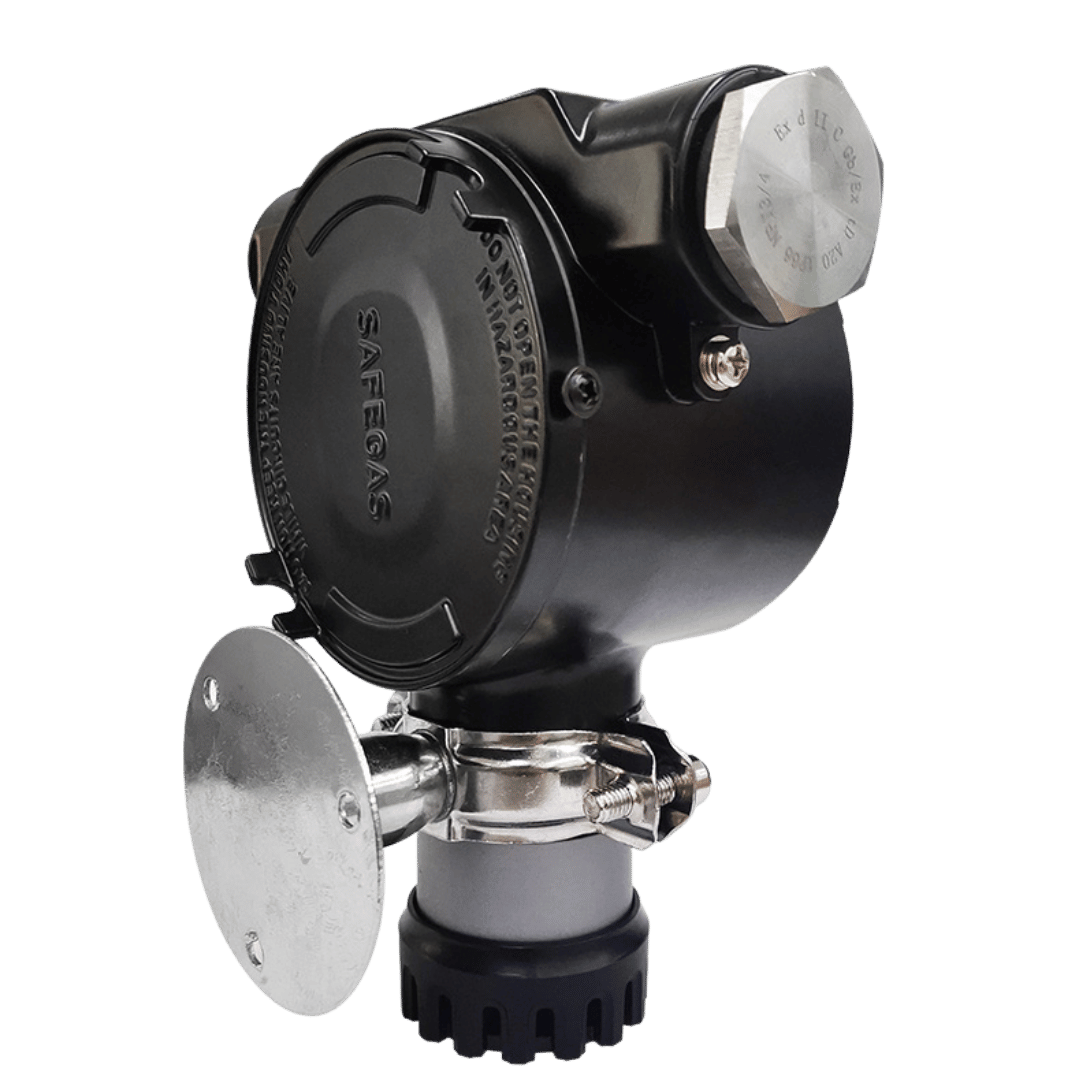CH4 Methane Fixed Gas Detector Monitor - IECEx ATEX Hazardous Area Zone 1,2
CH4 Methane Fixed Gas Detector Monitor - IECEx ATEX Hazardous Area Zone 1,2
Couldn't load pickup availability
The CH4 Methane Online Gas Detector, sets the stand in Ex rated explosion-proof gas detection. Engineered to endure and perform in the harsh challenges of the industrial environments with moisture, dirt, dust, corrosion, and vibration.
Harnessing equipment protection levels of Intrinsic Safety "ia", Flameproof "db". Suited for the most challenging hazardous atmospheric conditions found in industries such as oil and gas, marine, petrochemical, chemical, petroleum, manufacturing etc. Covered by the IECEx and ATEX certification, brings a compliant solution to hazardous areas.
Adopting pluggable fixed gas detector, gives easy maintenance after installation and continuous monitoring of combustible, flammable and toxic gases, model dependent. Configured Standard 4-20mA current signal, RS485 digital signal, 1 set of relay signal output, Optional 2 groups of relay signals, voltage 1 ~ 5V, standard HART communication. Optional LORA, 4G and other wireless transmission methods (optional). Standard Die-cast Aluminium housing or Stainless Steel 316 option. Compatible with most control systems with standard magnetic wand design, it’s easier to navigate the control menu without opening the case.
Designed to provide continuous, real-time monitoring of Methane vapours in the air. Methane is highly flammable, and early detection of leaks is critical to preventing fire hazards and ensuring a safe working environment.
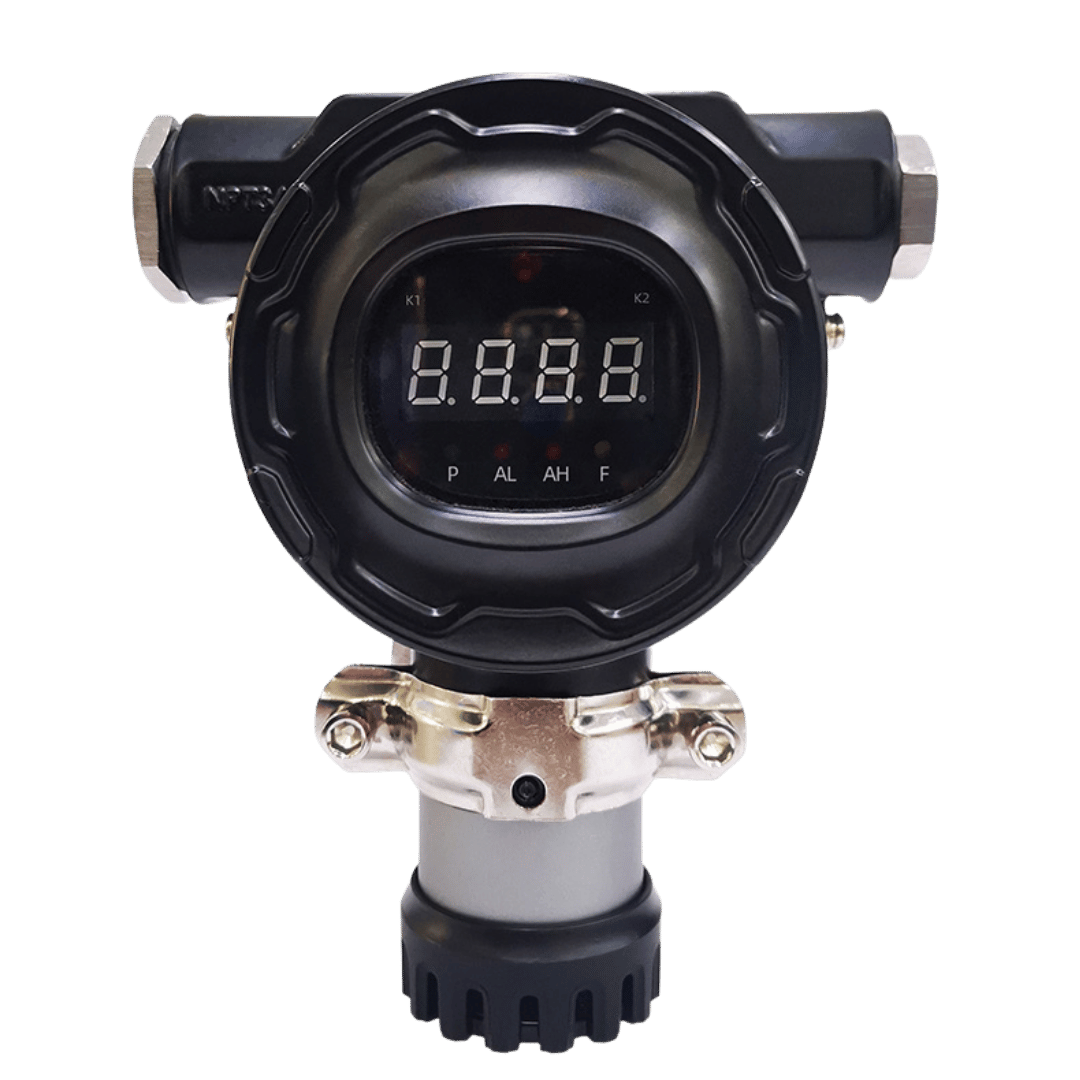
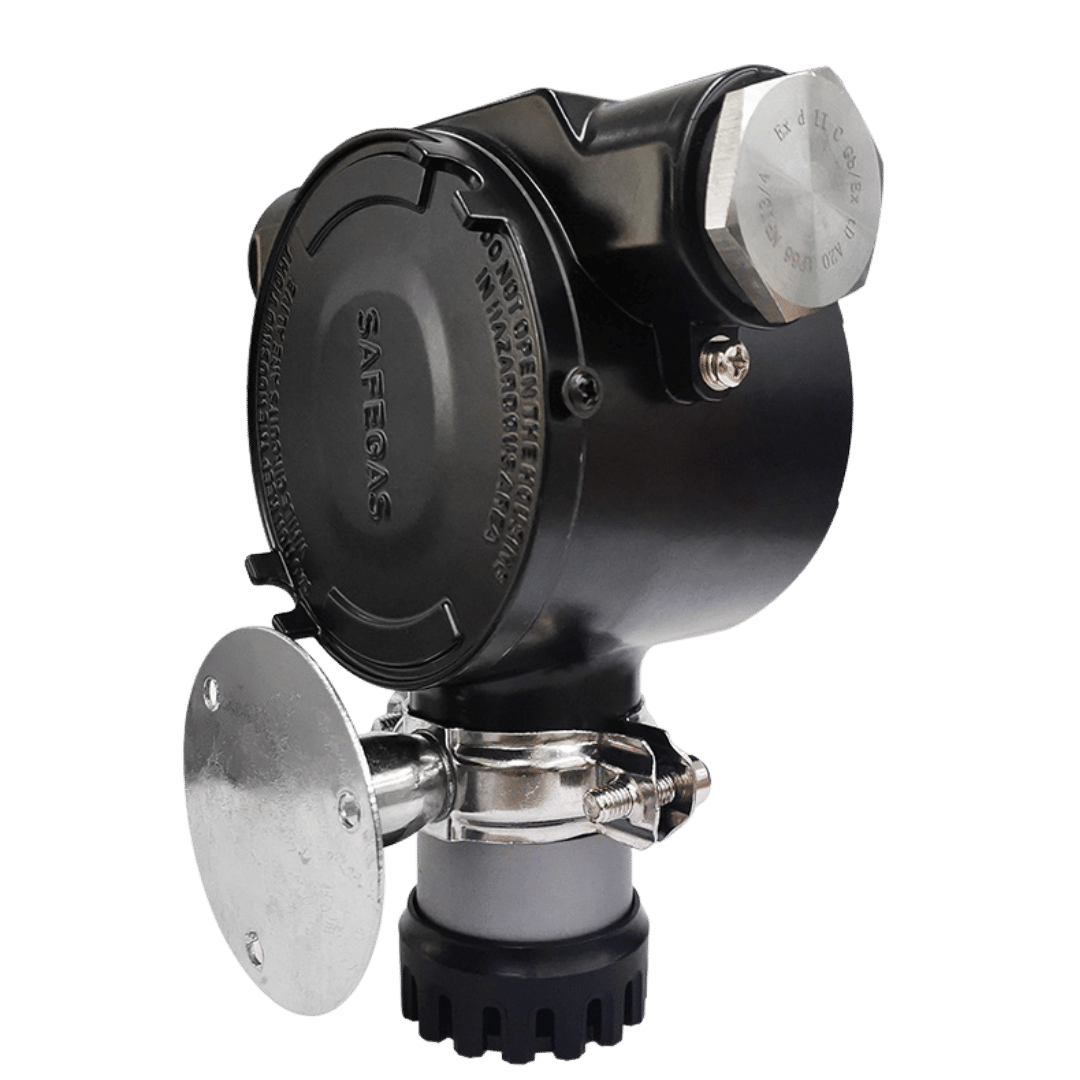
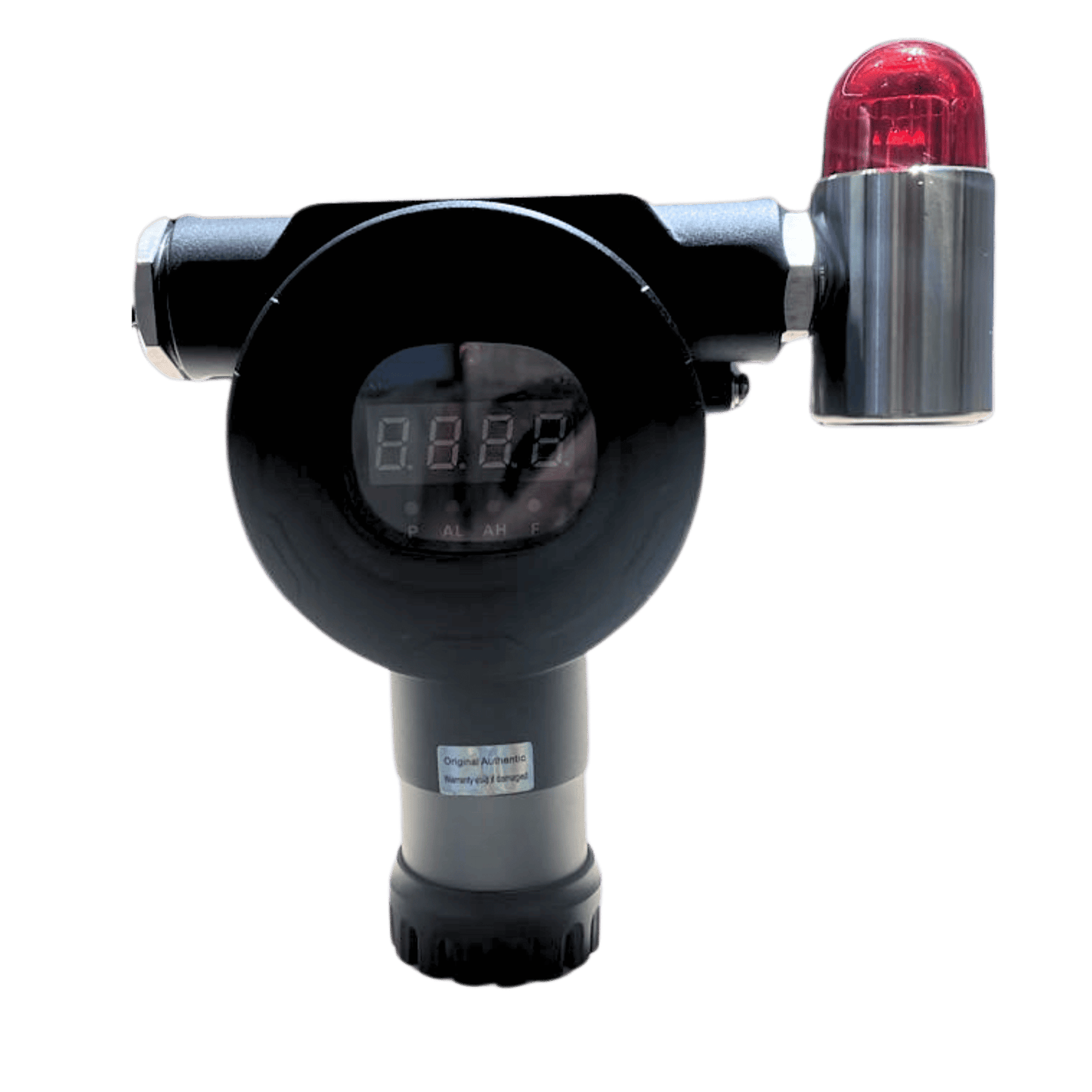
Collapsible content
Technical Datasheet
Shipping
We aim to process and get your delivery with you as quick as possible -
Shipping rates and delivery times are calculated at checkout.
Guarantee
We aim to provide you with the best quality products, if for an unfortunate product defect we have a 14 day money back return guarantee.
Warranty
• 1 year warranty from the date of purchase.
• Invoice or shipment bill is required to claim the warranty.
• The warranty policy only requires manufacturer to repair the defective product or send substitute for replacement.
• Installation labour, electricity cost and other related cost will not be covered by the manufacturer warranty policy.
• Warranty doesn't cover the defect caused by inappropriate use, especially if directions of the instructions for use are not observed, normal abrasion as well as failures which affect the value or use of the product insignificantly.
Please see our returns policy for more information.
Calibration
To ensure you keep up to date with your metrology requirements, by adding the traceable standards calibration test report certificate.
-

Hazardous Area Certified
Certification
- IECEx CQM 23.0027X
Equipment Protection Level
IECEx
- Ex db IIC T6 Gb
- Ex db ia IIC T6 Gb (without LEL sensor)
- Ex da db ia IIC T6 Gb (with separaed certified LEL sensor)
-
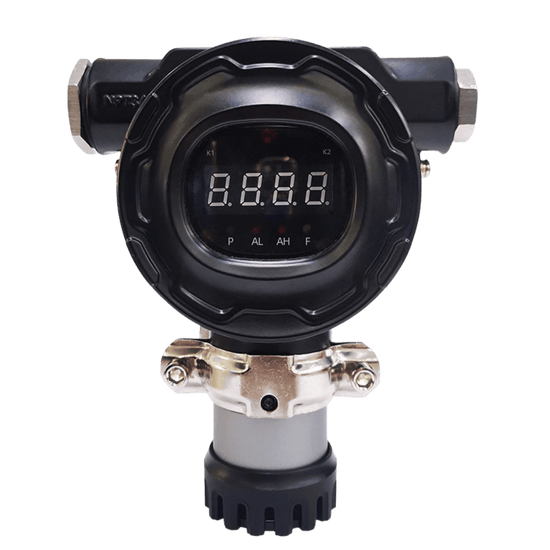
FEATURES
Modular gas chamber for maintenance simply and conveniently
- Plug and play air chamber module replacement.
- Two-key magnetic bar design, no need to open the cover, to achieve on-site maintenance and operation of the detector in any explosion-proof area.
- 24h continuously monitoring, data will real-time display.
-

FEATURES
- Standard 4-20mA current signal, RS485 digital signal, 1 set of relay signal output
- Optional 2 groups of relay signals, voltage 1 ~ 5V, standard Hart
- Optional LORA, 4G and other wireless transmission.
- Can be installed with computer software, to transmit the data to computer, workers can remote monitor the data
- Die-cast aluminium case, IP66/67 protection degree, water-proof, dust-proof, explosion-proof.
Introduction to the SG100 Ex Diffusion Explosion Proof Gas Detector
Applications
-
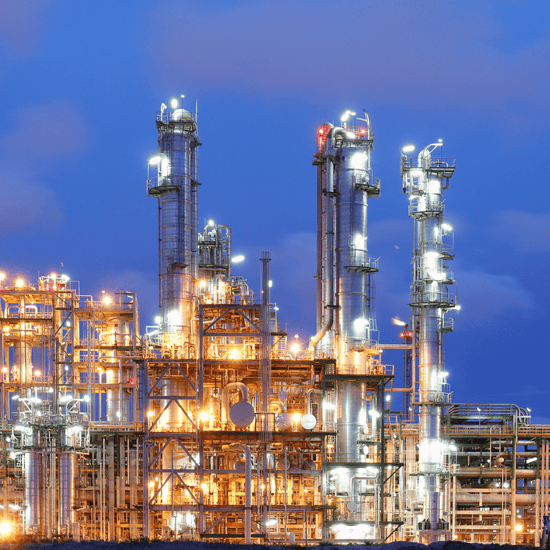
Oil & Gas
Upstream Oil & Gas (Exploration & Production)
In upstream operations, methane gas can leak from drilling sites, wellheads, and production facilities, posing fire and explosion hazards.
Midstream Oil & Gas (Storage & Transportation)
In midstream operations, methane gas is transported through pipelines and stored in tanks, where leaks can lead to catastrophic accidents.
Downstream Oil & Gas (Refining & Distribution)
Refineries and petrochemical plants handle methane as a feedstock, making detection crucial to prevent hazardous leaks.
-
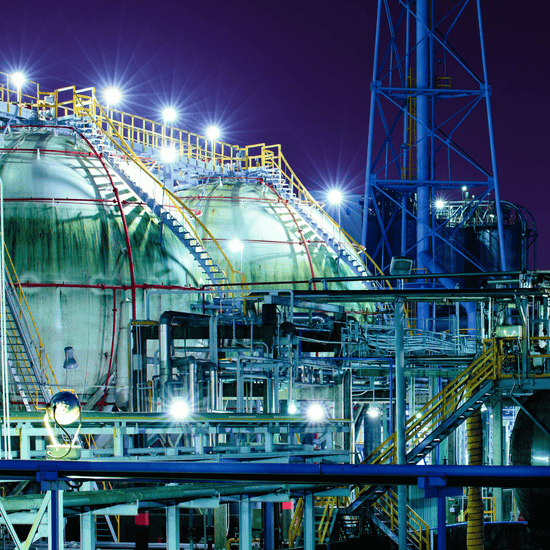
Chemical & Petrochemical Plants
Methane as a Feedstock in Chemical Manufacturing
Many chemical plants use methane as a primary raw material to produce hydrogen, ammonia, methanol, and synthetic fuels.
Petrochemical Refining & Hydrocarbon Processing
Petrochemical refineries handle methane-rich gases for fuel production, olefins, and plastics manufacturing.
Storage & Handling of Methane in Chemical Plants
Large volumes of methane are stored in pressurized tanks and transported via pipelines within petrochemical facilities.
Flare Stacks & Waste Gas Recovery Systems
Chemical plants use flare stacks to burn off excess methane and hydrocarbon gases safely. Methane detection ensures controlled flaring and emissions monitoring.
-
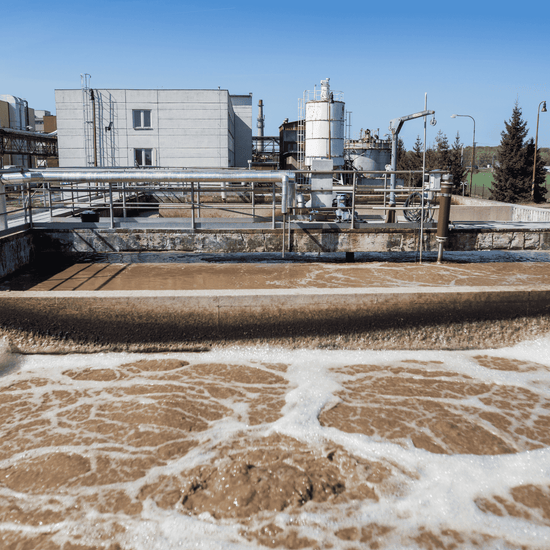
Water Treatment
Anaerobic Digestion & Biogas Production
In anaerobic digestion (AD) systems, microorganisms break down organic matter in the absence of oxygen, producing methane-rich biogas. This gas is either used for energy generation or flared for safe disposal.
Sludge Treatment & Processing Areas
After wastewater treatment, solid sludge undergoes further processing, often in enclosed areas where methane can accumulate.
Sewer Networks & Collection Systems
Methane forms in sewer pipelines, wet wells, and pumping stations due to the decomposition of organic matter in stagnant wastewater.
Aeration Basins & Wastewater Treatment Tanks
While aeration basins promote biological wastewater treatment, they can also release methane gas, especially in anaerobic zones.
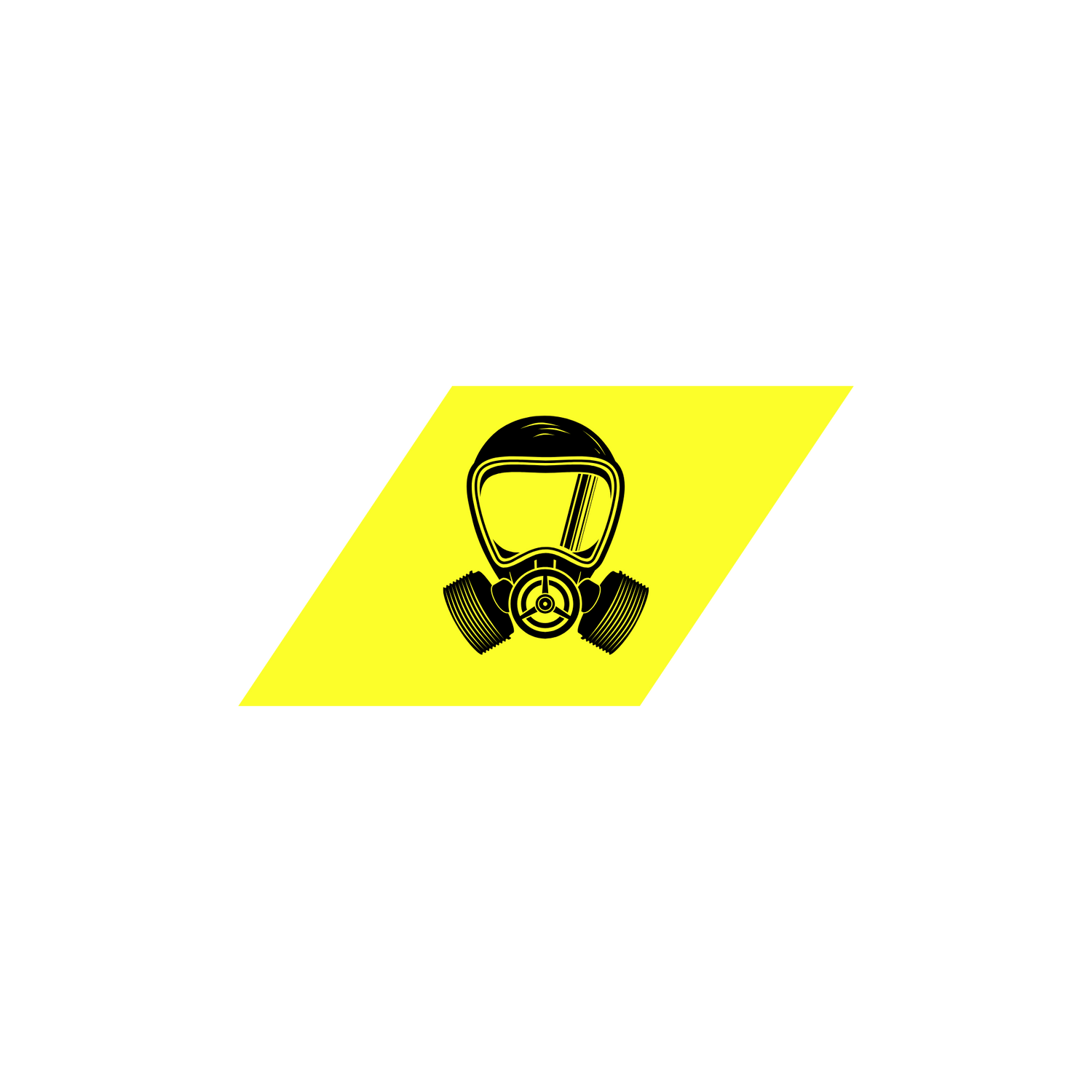
Methane (CH₄) is a colorless, odorless, and highly flammable gas commonly found in natural gas, landfills, and industrial processes. While it is not toxic, it can displace oxygen and pose asphyxiation risks in enclosed spaces.
- OSHA (Occupational Safety and Health Administration) PEL (Permissible Exposure Limit): No specific OSHA PEL for methane, but oxygen displacement must be controlled (maintain oxygen above 19.5%).
- NIOSH (National Institute for Occupational Safety and Health) REL (Recommended Exposure Limit): 1000 ppm (TWA, as an indicator of potential oxygen displacement).
- ACGIH (American Conference of Governmental Industrial Hygienists) TLV (Threshold Limit Value): No direct TLV, but methane exposure should not cause oxygen levels to drop below 19.5% in confined spaces.
- Short-Term Exposure Effects: Dizziness, nausea, and unconsciousness due to oxygen displacement. At extremely high concentrations, asphyxiation can occur without warning.
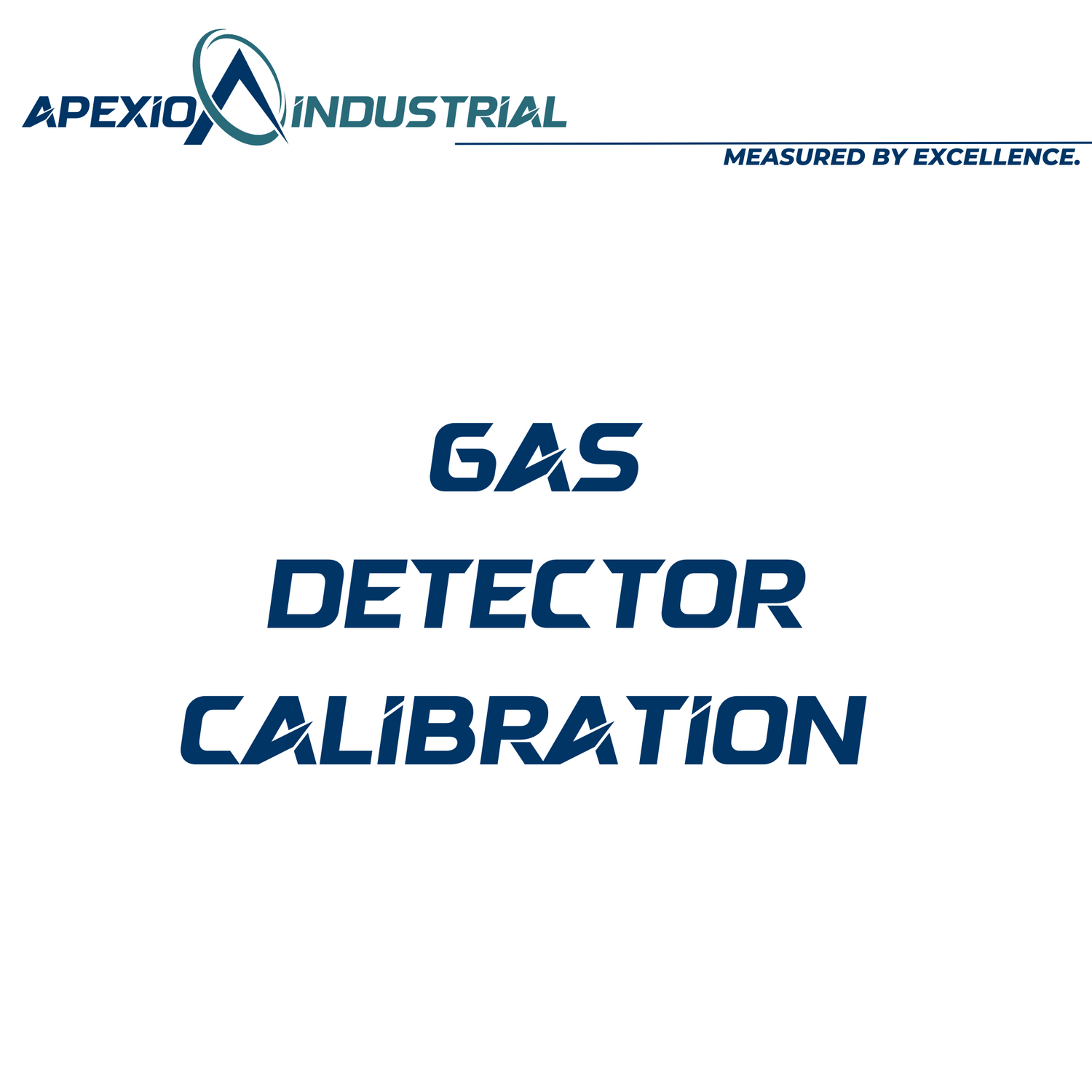
Add Calibration Service
Ensure to keep up to date with your metrology requirements, by adding the calibration test report certificate.
-

Pre & Post After Sales Support
After Sales Support
We offer after sales support on all our products including
- Installation
- Configuration
- Maintenance
- Repair
- Calibration
-
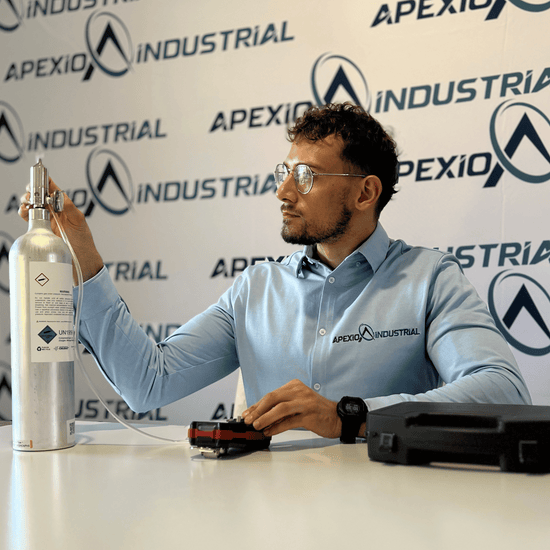
Calibration & Repair
Calibration ServicesOur accredited laboratory is tailored to conduct traceable standard calibrations and repairs on all our equipment.
Contact form

Methane is highly flammable and can create explosive mixtures with air, making proper monitoring essential.
- Flash Point: −188°C (−306°F) – Extremely low, meaning methane can ignite easily at very low temperatures.
- Autoignition Temperature: 537°C (999°F) – The temperature at which methane ignites without an external flame.
- Flammable Limits (Lower & Upper Explosive Limits in Air):
- Vapor Density: ~0.55 (Air = 1) – Lighter than air, methane rises and disperses quickly in open areas.
-
Oil & Gas
Where CH₄ Gas Detectors Are Used:
- Monitors methane leaks during drilling and extraction.
- Detects gas releases in confined spaces and open-air operations.
- Ensures safe handling of extracted methane.
- Pipeline Compressor Stations: Monitors methane leaks in gas transmission lines.
- LNG & CNG Storage Facilities: Ensures safety in liquefied and compressed natural gas storage.
- Gas Pumping Stations: Prevents leaks in high-pressure gas transportation.
- Refinery Processing Units: Monitors methane emissions in cracking and distillation processes.
- Petrochemical Plants: Ensures safety in methane-based chemical production.
- Gas Distribution Networks: Detects leaks in natural gas delivery systems.
-
Chemical & Petrochemical Plants
Where CH₄ Gas Detectors Are Used:
- Steam Methane Reforming (SMR) Units – Converts methane into hydrogen and carbon monoxide for ammonia and methanol production.
- Ammonia Production Plants – Uses methane-derived hydrogen to synthesize ammonia (NH₃) for fertilizers.
- Methanol Plants – Converts methane into methanol for chemical and fuel production.
- Cracking & Reforming Units – Breaks down hydrocarbons to produce ethylene, propylene, and benzene.
- Gas Processing & Fractionation Plants – Separates methane, ethane, and other light hydrocarbons from raw gas streams.
- Polymer & Plastics Plants – Uses methane-derived chemicals to create polyethylene and polypropylene.
- Gas Storage Tanks – Monitors methane leaks from pressurized storage vessels.
- Pipeline Transfer Stations – Detects leaks in methane transport pipelines within the plant.
- Flare Gas Recovery Units – Monitors methane levels before gas is burned.
-
Wastewater Treatment Plants (WWTPs)
Where CH₄ Gas Detectors Are Used:
- Digester Tanks – Monitors methane leaks from gas-tight digestion chambers.
- Gas Storage Domes – Ensures methane does not accumulate in biogas holding tanks.
- Biogas Collection & Piping Systems – Detects leaks in transport lines to prevent fire hazards.
- Sludge Dewatering Units – Detects methane leaks in belt presses and centrifuges.
- Sludge Drying Beds & Thermal Treatment Units – Monitors gas emissions in drying and incineration processes.
- Sludge Storage Tanks – Ensures methane levels remain below explosive limits.
- Sewer Manholes & Underground Tunnels – Detects methane buildup in enclosed areas.
- Lift Stations & Pumping Stations – Prevents gas leaks from wastewater transport systems.
- Stormwater & Overflow Tanks – Monitors methane presence during high-load periods.
Our Core Values
-
UNPARALLELED SUCCESS
We embrace every challenge as a team with our expertise, and have a proven track record of success when we collaborate.
-
WORK SMARTER NOT HARDER
In order to do great work, we need knowledgeable, well-trained individuals, combined with automation. We are dedicated to not only providing our team with top-notch training, but also world-class equipment to ensure we’re stay at the cutting edge of the industry.
-
TAKE PRIDE
Since the beginning, we have always believed in the quality and longevity of the products we sell and service we provide, and are proud to offer our expertise to all industries.
